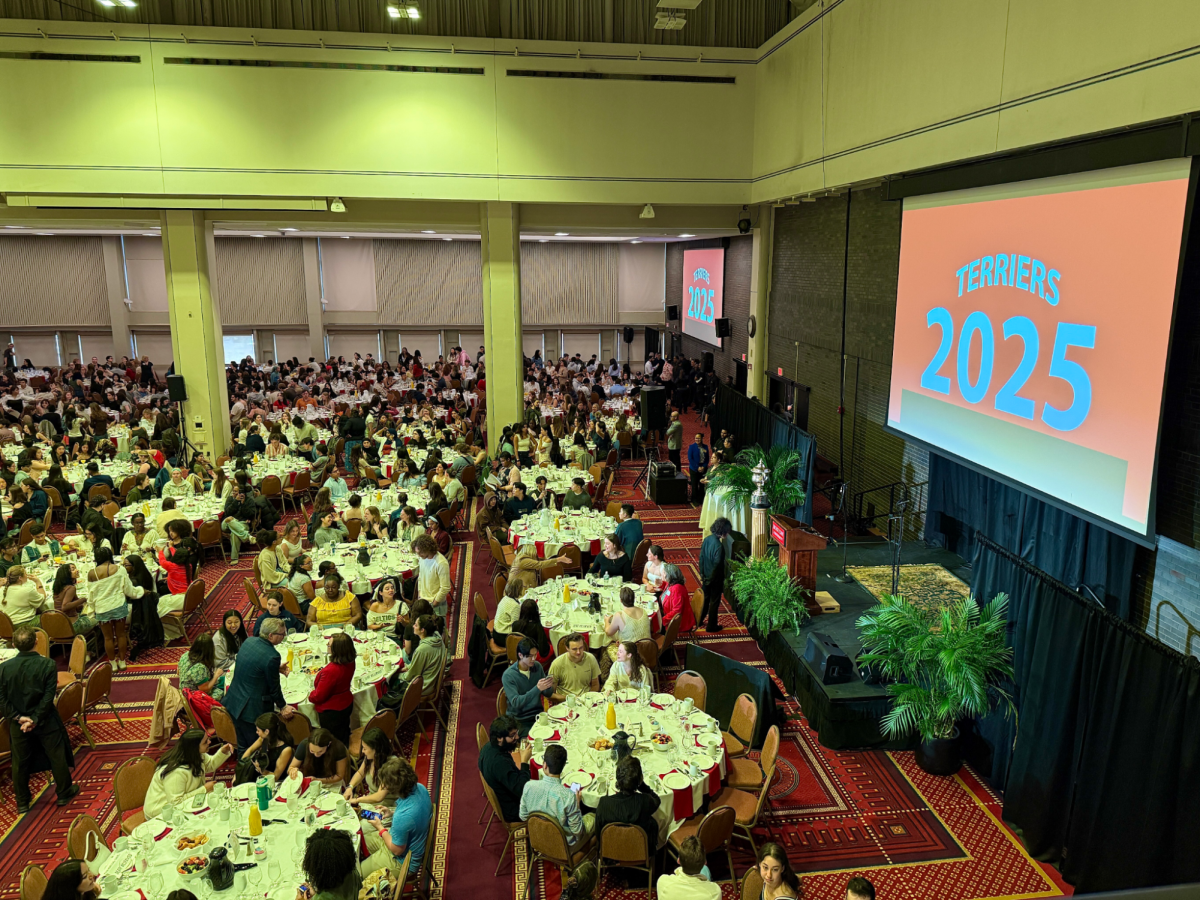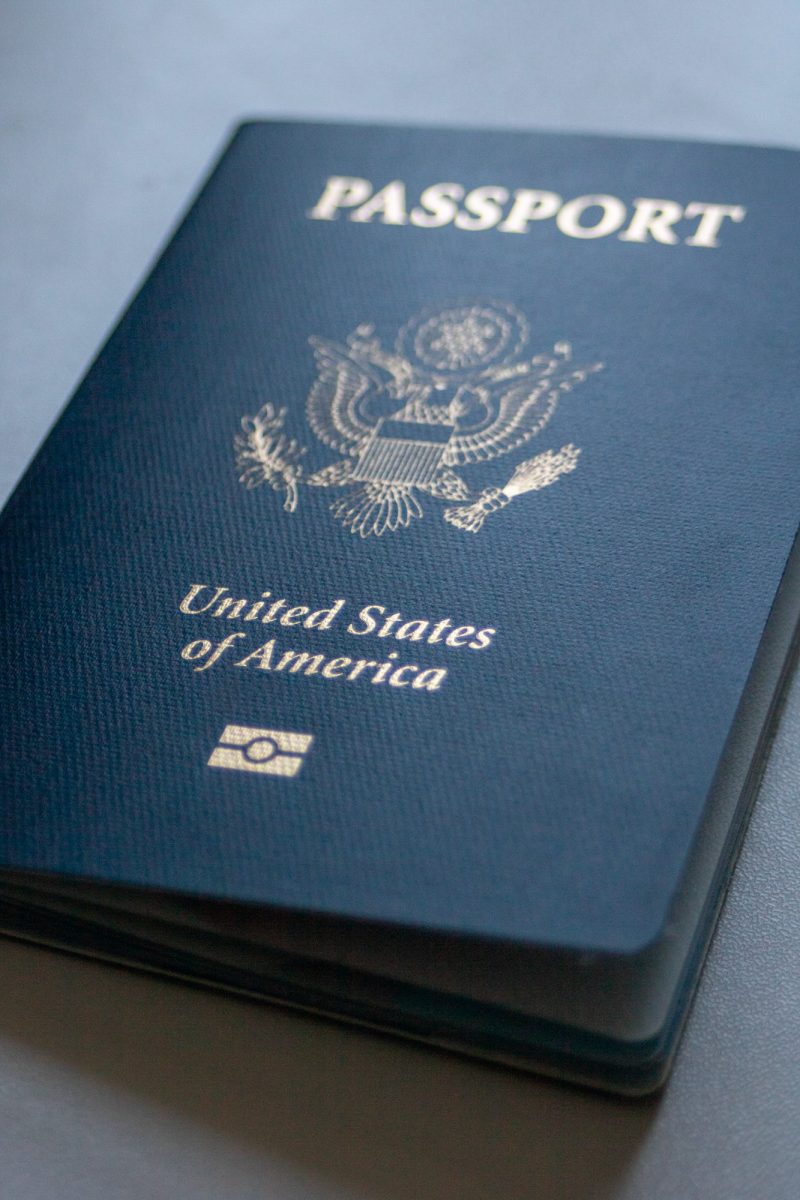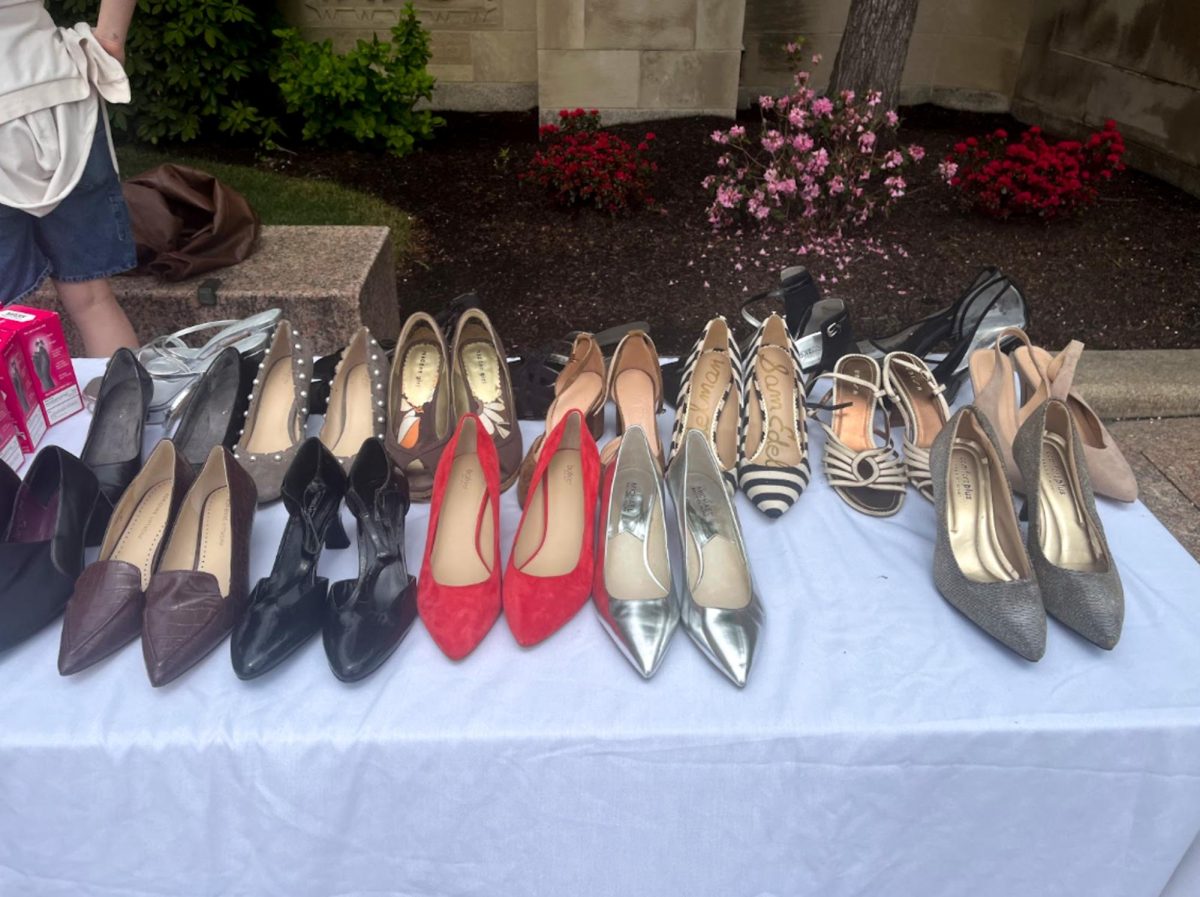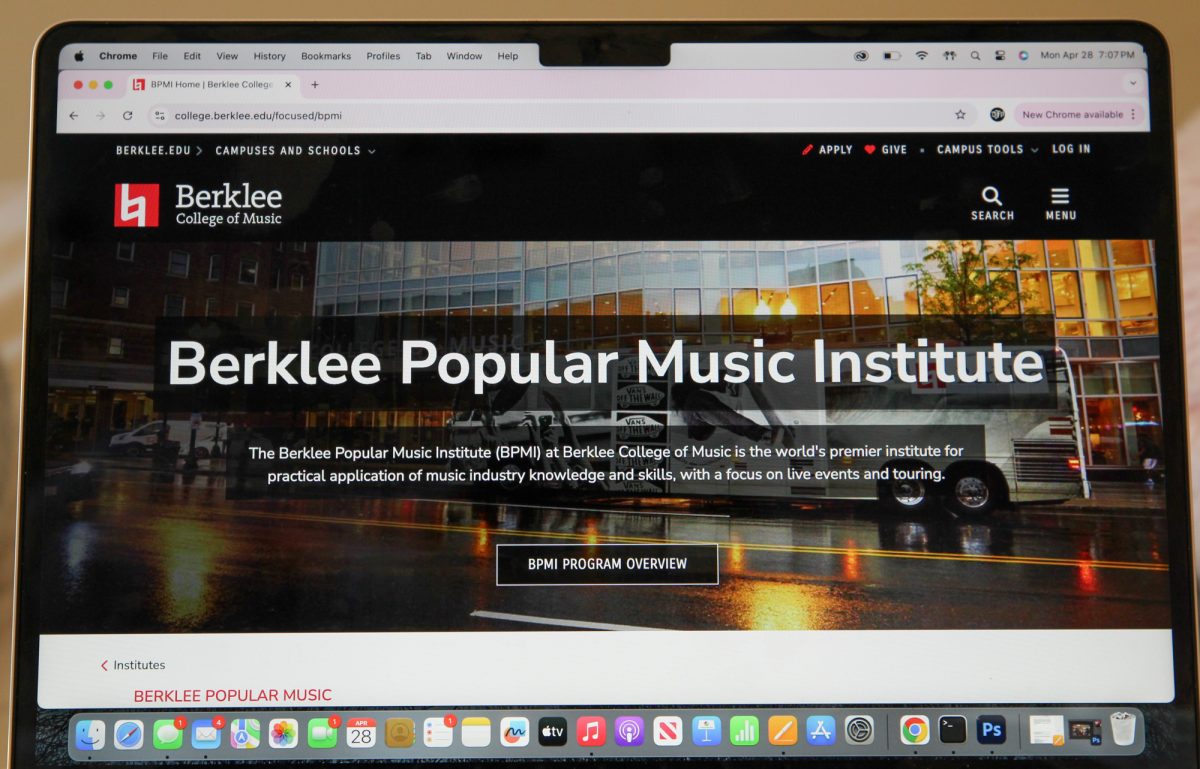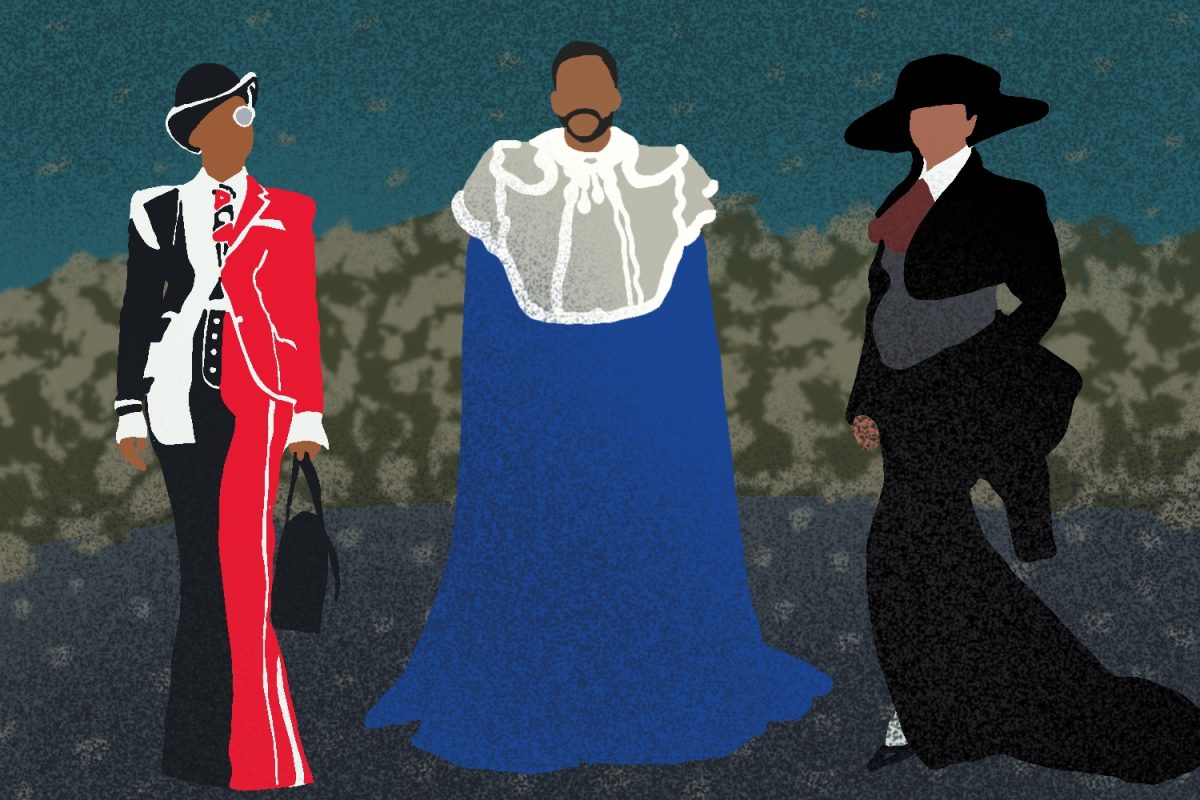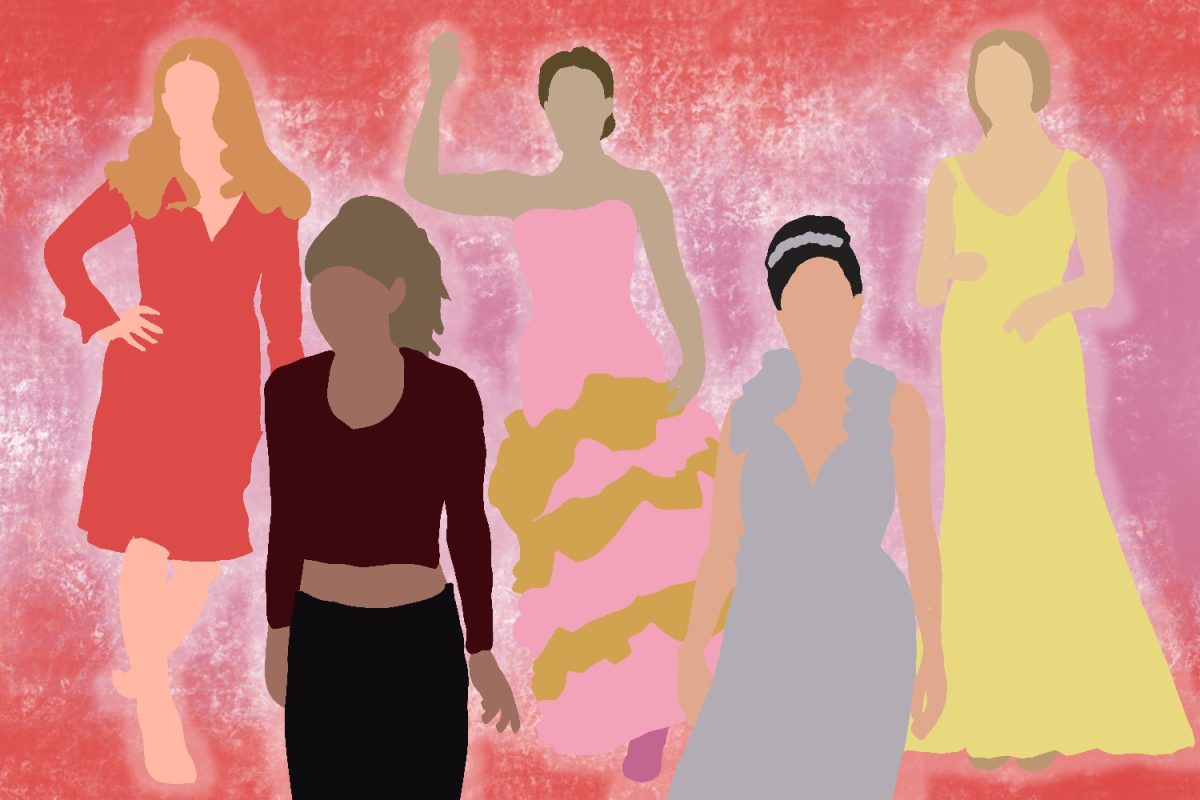A man sits in a shadow in the corner of a smoky room, strumming a laid-back melody on his guitar. Except for the glow-in-the-dark stars that dot the ceiling, the room is dark. A tall, ornate four-hose hookah sits illuminated by a flickering light in the center of the room.
This enclave, fondly called the “Opium Den” by those who frequent it, is nestled not in some far-off, exotic land, but in the back of an Allston apartment.
A few towns away in Charlestown, the decor in the dimly lit Tangierino Restaurant imparts the same atmosphere — with the addition of winding Arabic melody and belly dancers teasing customers, and the goal of making money off of the newest 21st-century tobacco trend.
In both places, the coals on the hookah continue to smolder.
Hookahs, also known as waterpipes, are being recognized by the American Lung Association the hottest new thing in smoking. According to a report the association released in February, younger Americans are eagerly adopting this aspect of Middle Eastern culture — but in taking up the exotic trend, some often overlook the associated health risks that come with inhaling tobacco in any incarnation.
IMPORTED TO BOSTON
The association attributes the growing trend in waterpipe use to the growing popularity of hookah bars on and around college campuses, especially in urban areas.
For now, Tangierino, which opened in 2000, is the only hookah bar in Boston, said owner Samad Naamad.
“Tangierino contributed a big part to the trend in Boston,” said the Morocco native, and added hookah smoking has existed for centuries in his home country, but was only introduced in the United States 30 years ago.
“We helped Boston to realize the important [hookah] culture that then becomes part of our [American] culture,” he said.
Hookah smokers use a waterpipe, which is composed of four parts: the bowl, where the tobacco is heated; the base, filled with water; the pipe, which connects the bowl to the base; and the hose and mouthpiece through which smoke is drawn.
Users usually smoke specially made, flavored tobacco by applying indirect heat to the tobacco with charcoal or embers.
At Tangierino, the majority of guests are young, hip professionals or international students, Naamad said.
“Hookah by itself is just an element of the cultural experience,” he said.
The whole experience, he said, includes authentic food, the “ambience of Arabian Nights, a relaxing atmosphere — and, of course, belly dancers,” he added.
Naamad said people in Morocco smoke hookah with friends for social gatherings. Unlike cigarettes, which people smoke whenever they get a chance, smoking hookah is a social activity.
“It is not fun to sit by yourself and smoke hookah,” he said.
FILLING A NICHE AT BU
Boston University College of Arts and Sciences senior Elay Shech, president of the Undergraduate Philosophy Association, said he sometimes uses hookah to attract new members.
Occasionally after talking to someone for only a minute, he has been known to ask if they like to smoke hookah, he said — and then invite the person to his apartment for what he calls “unofficial UPA events” — “Philosophy Chills” and “Hookah Symposiums.”
Shech first smoked hookah at 13, when he was living in Florida. He moved back to Israel, his birthplace, at 15, and says he really got into smoking hookah at 19. When he moved to Boston at 21, he of course brought hookah — along with other essentials of his culture — with him.
“There was a time in my life when I smoked hookah on a daily basis, but now I only smoke about once a week or once a month. It depends,” he said.
When Shech was a freshman, he began inviting his friends over to smoke hookah and discuss philosophy at his apartment, he said. Those unofficial get-togethers soon became part of the UPA’s monthly agenda, he said.
“The heart and core of the UPA are the unofficial philosophy chills,” Shech said.
In conjunction with BU Students for Israel, the UPA held a “Hookah and Philosophy” event in the park across from Hillel House at the beginning of this semester, in which UPA government members sat on carpets with water pipes discussing philosophy and smoking hookah.
According to Shech, 80 people attended the event, compared to the 20 to 30 people who usually attend the group’s official monthly events. He added he was impressed that the discussion at each carpet stayed focused on philosophy.
A TRENDY PASTTIME WITH HIDDEN HARM?
Although hookah smoking is gaining popularity with young Americans, the American Lung Association report, An Emerging Deadly Trend: Waterpipe Tobacco Use, exposes some problems with the practice.
According to the report, more than 90 percent of first-time hookah smokers think cigarette smoking is more addictive than hookah. However, this is a misconception; the extended period of time it takes to smoke a hookah bowl means smokers inhale amounts of nicotine comparable to smoking a cigarette.
There is minimal research on the recent trend, but the American Lung Association report includes research from Arab Community Center for Economic and Social Service Director Dr. Adnan Hammad, who studied hookah use among Arab-American adolescents in southeastern Michigan.
Eighty-seven percent of the youth he studied had smoked a waterpipe, Hammad reported in Argile Use Among Members of the Arab American Community, released this month.
“The waterpipe has become increasingly popular among urban youth, young professionals, and college students of both sexes,” Hammad said in the report. “Although it appears that waterpipe use is a fad or just the ‘in thing,’ misconceptions regarding the dangers of waterpipe smoking could transform the fad into an addictive habit.”
“People don’t realize how harmful hookah smoking is because it is such a social activity,” said Massachusetts American Lung Association spokeswoman Kristen Woulfe. “It is like smoking 100 cigarettes in one sitting.”
Smoking hookah, like smoking cigarettes, can lead to cancer. Both habits expose users to carbon monoxide, carcinogenic chemicals and addictive nicotine, she added.
Massachusetts mandates smoke-free bars and restaurants, but hookah bars are exempt from those laws.
Dr. Ross Summer, a Boston University medical professor, said some people claim there are fewer harmful health effects to smoking hookah.
“But people smoke hookah for a longer amount of time, which outweighs any chance of it being safer,” he said. “People say they don’t smoke hookah very often, but the intensity [with] which they take direct smoke for 45 minutes is equivalent to 15 cigarettes, if a typical cigarette takes two to five minutes [to smoke].
“Any tobacco product has inherent risks and they are significant,” Summer continued.
CIGARETTES AND HOOKAH:
WHAT’S THE DIFFERENCE?
Waterpipe use is a strong predictor of cigarette smoking, according to the report. Researchers reported the odds of teens experimenting with cigarettes to be more than eight times greater if they had ever smoked a waterpipe.
The report added that the levels of nicotine and cotinine (a chemical marker signaling nicotine exposure) in hookah smokers increased. Specifically, the nicotine levels rose to 250 percent and the cotinine level increased up to 120 percent after just one 40- to 45-minute smoking session.
But Shech said although hookah is addictive, he doesn’t think it can be compared to cigarette smoking.
“Cigarettes are the devil. Hookah is a beautiful thing,” he said. “I think cigarettes should be illegal. Don’t ask me for rationale.”
Corey Heady, a School of Management sophomore who regularly hangs out at the “Opium Den,” said he will continue to smoke hookah though he knows it can have negative health effects.
“A lot of people are misinformed. They think [hookah smoking] is not bad,” he said. “People know tobacco is not good for you.”
“I could see myself smoking hookah for the rest of my life,” he said.


